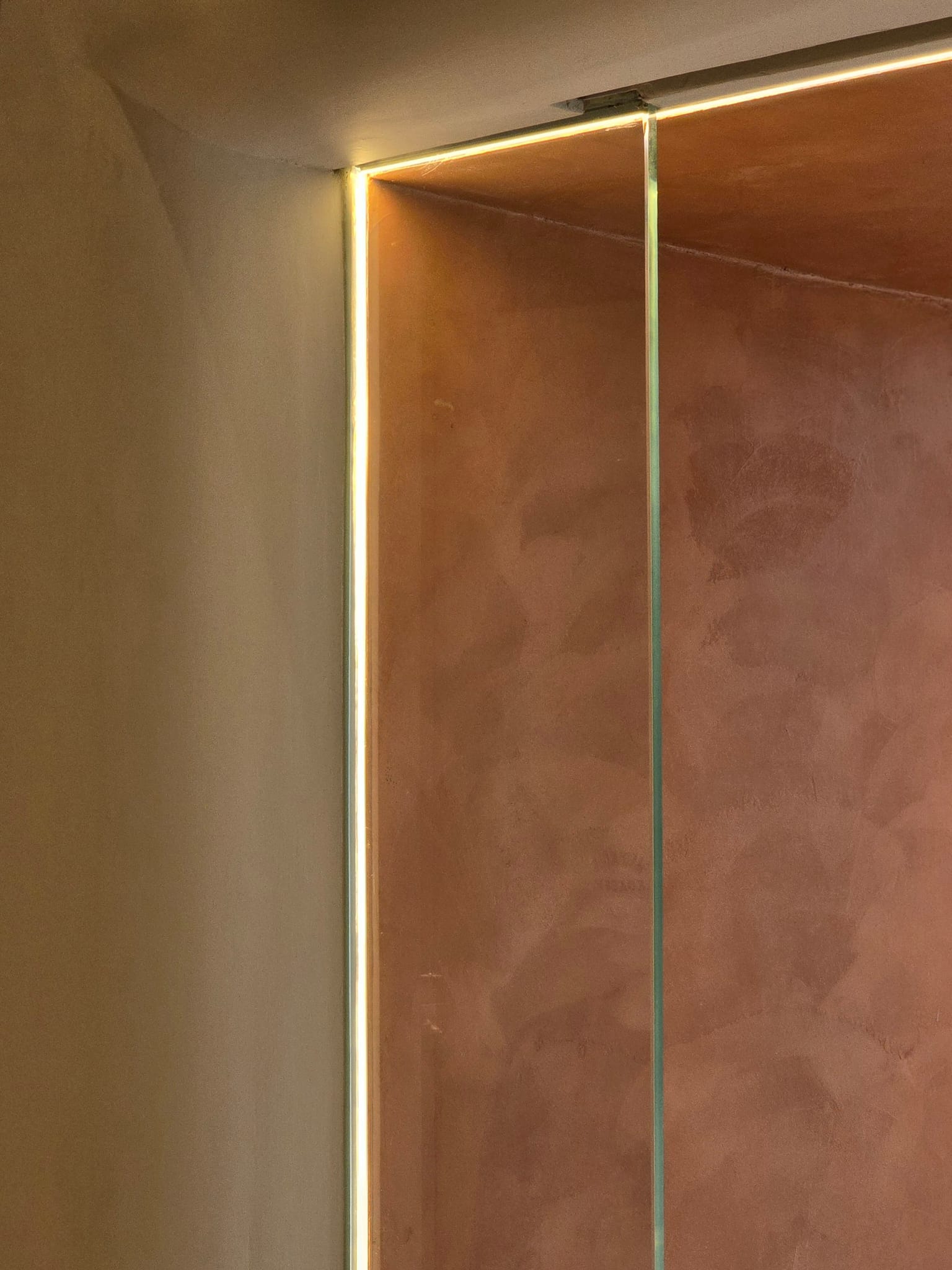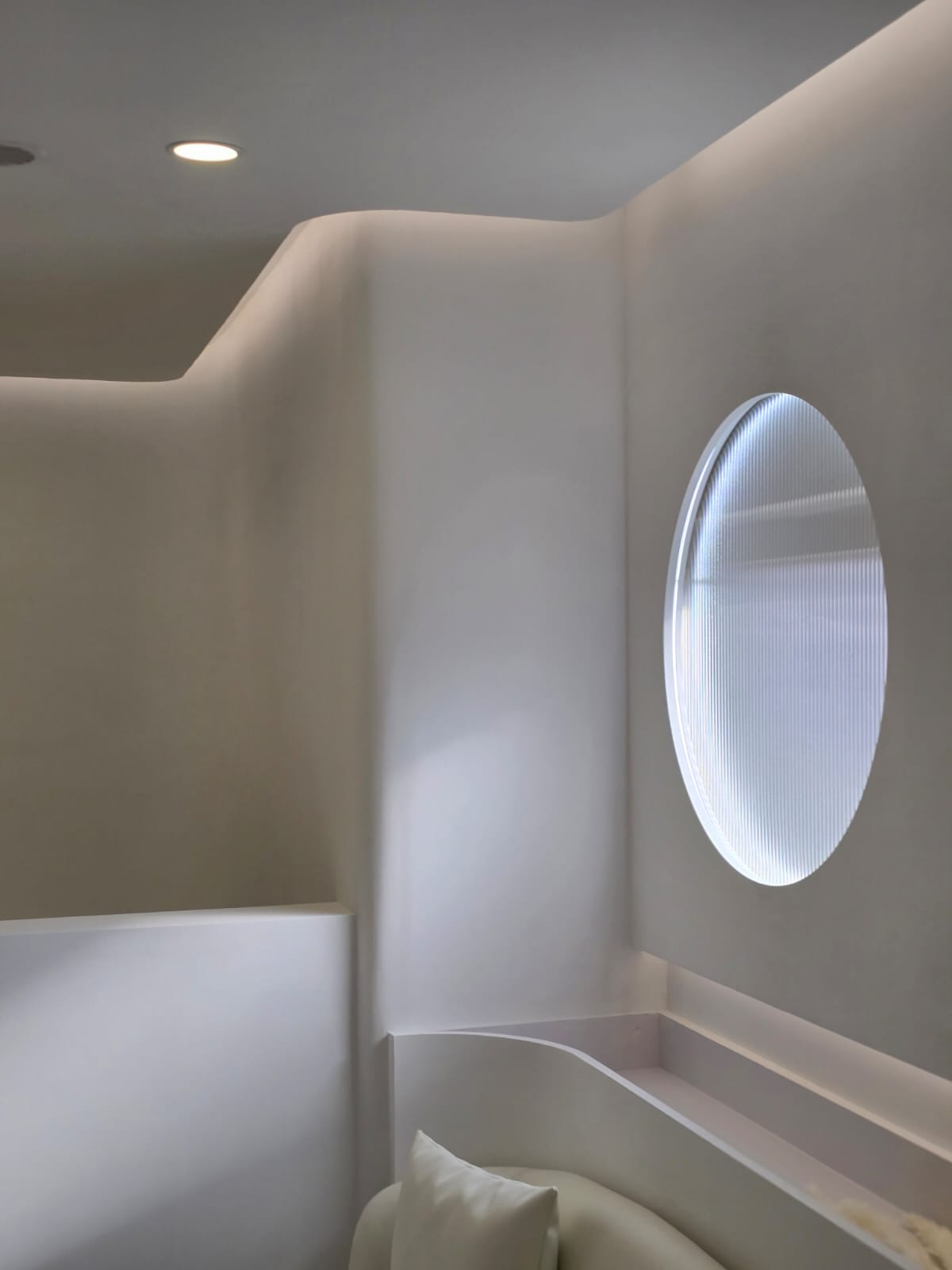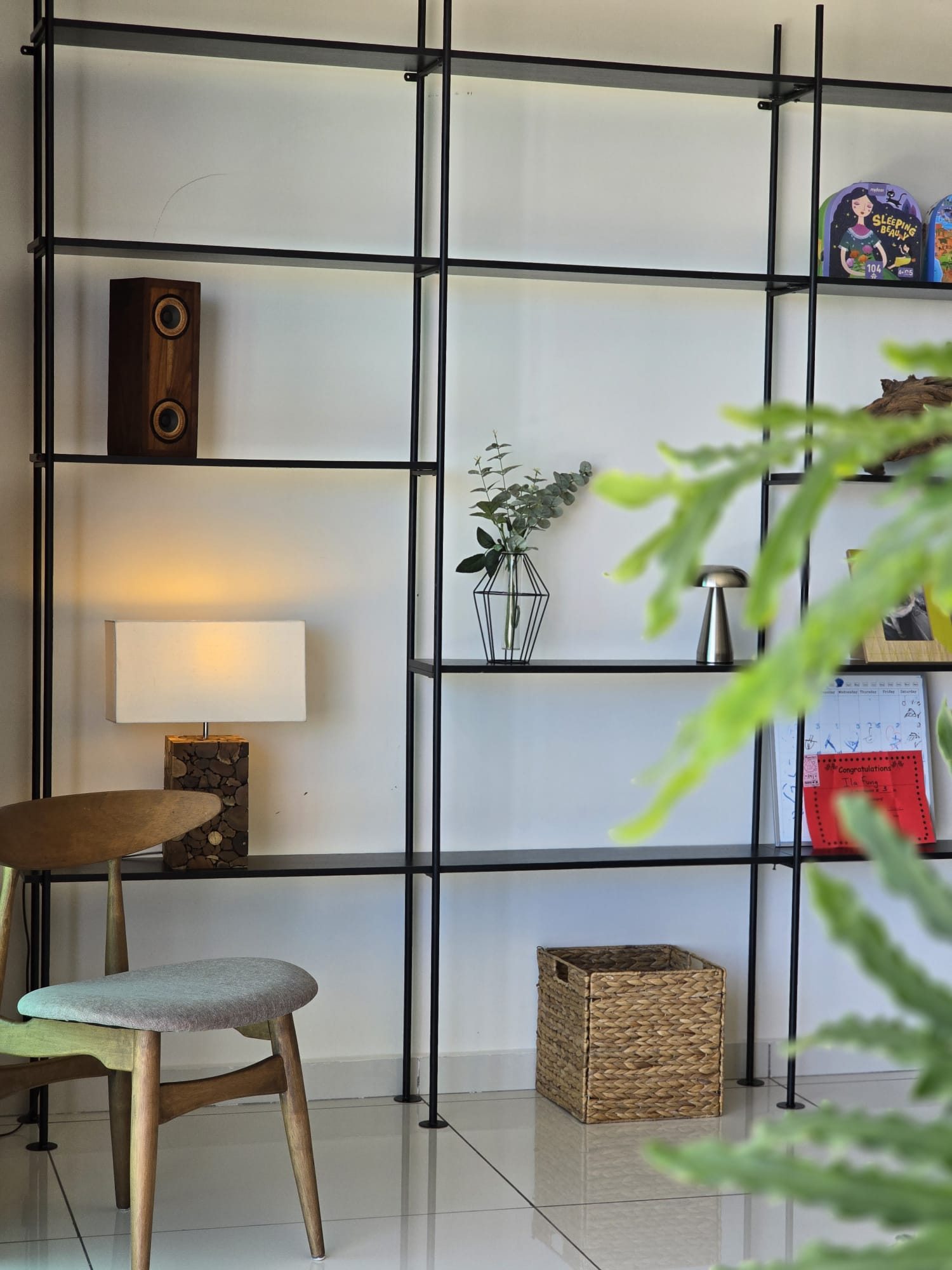
【The important role of lighting in interior design】
Share
The term "daylighting" is very common in interior design. It refers to the process of introducing natural light into the room through interior design or space planning and controlling its distribution, intensity and quality. It is not just about "letting light into the space" or "being bright", but about "connecting health and emotions". In modern home design, "lighting" has changed from a simple functional need to a core element that affects the physical and mental health of residents, family interaction and spatial aesthetics. As urban living space shrinks and high-rise buildings intensify their obstruction, the importance of lighting becomes more prominent.
Although home lighting is not a new technique, there are still some myths, namely the general misunderstanding of lighting.


Does daylighting mean opening large windows?
Does a big window mean good lighting? Blindly expanding the window area may lead to overheating in summer, privacy leakage and energy waste, so the orientation, shading and heat insulation performance need to be comprehensively considered.
Does high brightness mean good lighting?
Excessive pursuit of illumination can easily cause glare fatigue. For example, the reflection of white polished tiles may cause eye discomfort to young children.
Ignoring the relationship between light and life
Failure to plan the light environment according to the schedules of family members (such as excessive blue light at night affecting sleep) will disrupt the balance of the biological clock.
The scientific basis of home lighting environment
Circadian Lighting: The human body needs exposure to blue light with a wavelength of 400-480nm during the day to stay awake, and a low color temperature (below 2700K) light source at night to promote melatonin secretion.
Visual comfort standards: According to the International Commission on Illumination (CIE), the recommended illumination for home reading areas is 300-500 lux, the accent lighting for dining tables needs to be above 200 lux, and the floor lights in corridors at night can be as low as 50 lux.
The relationship between light and emotions: warm light (<3300K) creates a warm feeling and is suitable for living rooms and bedrooms; cool white light (>5000K) improves concentration and is suitable for study rooms and kitchen counters.
Lighting strategies for interior design
Inventory of household light needs
It is best to use lighting with the same illumination and color temperature in the same space, and choose lamps based on the activities that will take place in the space. For example, the master bedroom is mainly used for sleeping and reading, so the illumination should be between 100-300 lux and 2700K color temperature; the open kitchen is mainly used for cooking and dining, so the illumination should be between 500-750 lux and 4000K color temperature. Different colors of light should be selected according to different needs.
Natural lighting can be transformed through windows
Skylight: The best choice for attics and tall living rooms, paired with electric blackout curtains to prevent overheating in summer.
Internal windows: Open horizontal windows in the partition wall to allow the corridor to share the natural light of the bedroom.
Folding window: used at the boundary between balcony and living room, increases lighting area by 50% when fully opened.
Glass brick wall: replaces solid walls in bathrooms and stairwells, with a light transmittance of 80% and ensures privacy.
Floating windowsill: A 20cm tabletop extends below the window, serving as both a desk and a light reflector.
Diamond-shaped bay window: a three-sided lighting design that breaks through the limitations of the wall and increases the amount of light entering by 15%.
Smart dimming glass: transparent when powered on and foggy when powered off, solving the problem of thick bedroom curtains.
Utilize home decoration materials
Interior designers will also use home decoration materials, colors and light reflection to increase lighting. For example, the ceiling is based on white matte paint with high reflectivity, and low-reflectivity wooden grilles are used in some parts to create light and shadow levels. Pure white and off-white walls will have the greatest light reflection value, making the space brighter. In addition, mirrored stainless steel decorative strips can also enhance the brightness. A floor that is too bright can make people feel tired and easily irritate children's vision. Herringbone light oak floors are softer than tiles and are especially suitable for children's crawling areas.
Light and shadow layering adds depth
In addition, you can create layered light and shadow to highlight the characteristics of the space, use the base layer for basic lighting purposes, and then use the activities and functions of the space to enhance the atmosphere.
Base layer: Downlights/ceiling lights provide uniform illumination, 5-7 watts of LED per square meter (about 300 lux) is recommended.
Functional layer: Dining table chandelier and desk lamp (500 lux) to enhance local lighting.
Atmosphere layer: LED light strips are embedded in the skirting and the bottom of the shelves, with a color temperature of 2700K to create a warm feeling.
Focus layer: Track spotlights highlight the artwork, with illumination three times higher than the surrounding area to form a visual center of gravity.
Smart layer: human body sensing night light (0.5 watt), sunrise simulation alarm clock light, to create a pressure-free lighting environment.
Smart lighting
Technological advances have also made home lighting more user-friendly. Through the scenario mode of the smart light system, you can switch between "guest/movie/sleep" modes with one click. Through mobile apps or fully automatic adjustment of the brightness and color temperature of lamps in every space in the house, you can meet the needs of different homeowners.
In addition to improving home comfort, optimizing lighting through interior design also drives up unit value and rental attractiveness. According to the Global Real Estate Trends Report, residential properties with good lighting are sold at an average price 12-18% higher than the same area, and are rented out 40% faster. Design House HK interior designers have more than 10 years of interior design experience. Whether the unit is for self-occupation or rental, they can definitely help you improve the lighting of the unit and make good use of every inch of space. The high transparency of fees allows you to better control the budget of interior design. Please feel free to contact our customer service for enquiries about interior design or unit renovation services .






